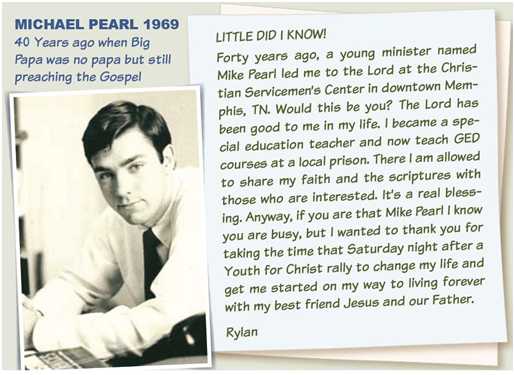FOR IMMEDIATE RELEASE
Nashville, TN, 18 November 2009
Contact: Mel Cohen 931-593-2484
Email: [email protected]
www.listentomydreambook.com
WHY WOULD AN OLD WHITE LADY WRITE A CHILDREN’S BOOK EXTOLLING DR MARTIN LUTHER KING JR
The answer is simple: the hurt in a wounded soldier’s eyes.
Debi Pearl grew up during the turbulent 1960s in a small town that hosted the nation’s largest Navy and Marine training base, where soldiers were quickly trained and shipped out for service in Vietnam. Young Debi worked as a volunteer in the base’s World War II-era hospital for the returning wounded. The hospital was comprised of many long rooms with beds closely packed down both sides. One wing contained those who had lost arms, another housed leg amputees, another burn victims, another the blinded.
This is her story of why she wrote Listen To My Dream:
“I remember the day I helped black soldiers, soldiers who had given their young bodies for their nation, courageous men from places like California and Washington state, into my car and took them for a short ride to the local Dairy Bar for a long-anticipated ice cream cone. For months they had languished in the hospital, living for any opportunity to get out.
I remember the profound hurt I saw in their eyes when they saw hanging from the shop’s two front windows, signs they had never before seen: Whites Only. I had grown up with it; it was just the way things were. But through their eyes I saw ugliness and hate. I felt angry stares from the nearby cars, heard unknown voices whispering, ‘What’s a white girl doing here with a Negro in the front seat?’ They didn’t know that the soldier couldn’t get out—he lost his legs fighting a war for them.
What I saw through their eyes that day made me so ashamed.”
In the coming years, Debi’s experience would shape her worldview and the way she homeschooled her five children. She wanted them to see the truth as she had seen it, as she had lived it—because she was there. She told them how unjustly black people were treated when she was young, being forbidden to drink from a water fountain at the local zoo, sit where they wanted on a bus, or use the public bathrooms, how doctors wouldn’t see them until all the white patients had been treated.
To better teach her children, Debi combed the shelves of the local library for books on Dr. Martin Luther King, Jr. She found only one worn out, very boring children’s book and asked the librarian, “Where are all the books on Dr. King?” The black lady’s face betrayed her frustration as she said, “You’re looking at it.”
Debi went home and stewed. How could such a man, such a landmark in history, not have a whole shelf of books describing the marvelous things he had worked tirelessly to bring about? How would future generations know about Dr. King unless his legacy was recorded in books?
Working from the stories she had told her children, Debi wrote Listen to My Dream in 1986 using the same rhyme and rhythm with which she had taught them the ABC’s. When she finished writing the book, she printed a few hundred copies and took it to a book fair, where an elderly black pastor stopped to read it. He wept openly. Others, curious, stopped to read the little children’s book. Everyone that read it, bought one. Within days churches had ordered hundreds, and the Memphis school system ordered thousands for its libraries.
Then Debi was contacted by her attorney. She had unknowingly infringed on the King Foundation’s copyright; years earlier they had established legal guidelines that could not be breached. Debi’s family could not afford to pay the required fees, and so, one discouraging day, they packed up what remained of the books.
Twenty-three years later, in 2009, a young boy picked up a dusty old copy of Listen To My Dream and asked, “What’s this little book about?”
“This book,” she told him, as the old memory of the soldier’s hurting eyes replayed in her mind, “is about a man that made your life a whole lot better.” The child’s amused dark face looked like he thought the old lady had lost her mind, but he didn’t know he had rekindled a long dormant flame.
This time, the correct protocol was followed. On October 27, 2009, the King Foundation graciously gave its formal approval via a licensing agreement.
The rest is history.
Listen To My Dream by Debi Pearl will release December 15, 2009, released by Pearl Books, LLC.
http://www.listentomydreambook.com/
 It’s been a whirlwind of activity here in Cane Creek. We had to move out of our old house because of the black mold and radon. Since then, we’ve been camping out in a little 26′ × 20′ apartment that was originally intended to house furloughed missionaries a day or two as they passed through.
It’s been a whirlwind of activity here in Cane Creek. We had to move out of our old house because of the black mold and radon. Since then, we’ve been camping out in a little 26′ × 20′ apartment that was originally intended to house furloughed missionaries a day or two as they passed through.